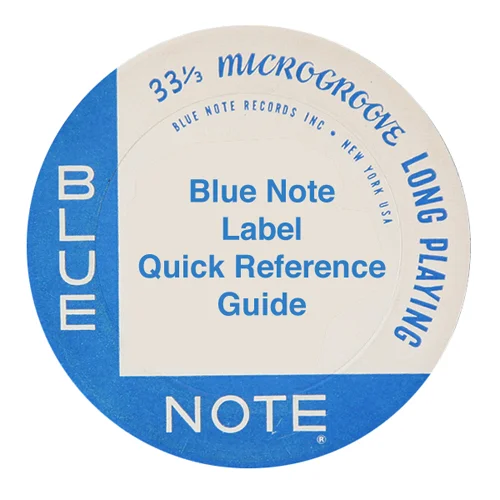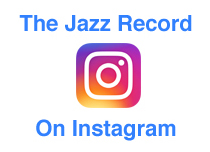Hampton Hawes - "Blues For Walls"
/Hampton Hawes • Blues For Walls • 1973 • Prestige PRT-10060
Recorded January 16, 17 & 18, 1973 at Fantasy Studios, Berkeley, CA
The Selections:
The Players:
Hampton Hawes - Piano, Electric Piano, ARP Synthesizer
Oscar Brashear - Trumpet, Flugelhorn (except A3 & B3)
Hadley Caliman - Tenor Sax, Soprano Sax (except A3 & B3)
George Walker - Guitar (except B3)
Henry Franklin - Bass, Electric Bass
Leon Chancler - Drums
The Tracks:
A1. Blues For Walls
A2. Sun Dance
A3. Hamp's Collard Green Blues
B1. Brother Brantley
B2. Rain Forest
B3. Carmel
B4. Me-ho
The Dig:
Many years ago, when I was first getting into jazz, Hampton Hawes was one of the first artists I came across who hipped me to the fact that there was amazing jazz music out there from artists other than the big names that most of us find as an entryway into the music (Miles, Monk, Coltrane, Mingus, Evans). His superb three volume All Night Session! recordings (with Jim Hall, Red Mitchell and Bruz Freeman) began an exploration into the many artists and styles of jazz music that continues to this day. Hawes has remained a special favorite of mine throughout the years, and I've always really enjoyed his early 1970's electric recordings for Prestige, but they have proved elusive to find in playable condition as they weren't particularly big sellers at the time of their release. I scored this Very Good Plus copy for a mere $10, only adding to my excitement when I came across it while casually flipping through the jazz bins. A happy day of digging indeed.
The Record:
While Hawes will always be best known for his influential run of fantastic trio and quartet records for Contemporary in the mid-to-late 1950's, he would eventually explore electric jazz in a run of four LPs for Prestige from 1972 to 1974. These records feature Hawes mostly on the electric piano exploring not only the spacey jazz-funk that was happening at the time (think Freddie Hubbard on CTI or Herbie Hancock's Headhunters phase), but also some happening bluesy soul-jazz as well.
For Blues For Walls he put together a crack band that included the under-appreciated talents of Oscar Brashear on trumpet and Hadley Caliman on saxophone, as well as having the cult favorite Henry Franklin on the bass. I couldn't find any information on the guitarist George Walker, although his playing is hardly lacking, and while I'm not familiar with the drummer Leon Chancler's work, a quick Wikipedia search revealed that in addition to his jazz work over the years he also was the drummer on the small 1980's hit "Bille Jean," that you may be familiar with.
Prior to recording these quartet of albums for Prestige, Hawes was coming off some very hard times in the early 1960's followed by an artistic rebirth later in the decade. After being targeted by the DEA in the late 1950's for his heroin use, Hawes spent three years in a federal prison before being pardoned by President Kennedy in 1963. He sporadically recorded some albums for Contemporary before embarking on a European tour in the late 1960's in which he was stunned to discover that he had become a legendary jazz figure overseas. He played to sold-out crowds and was a media sensation appearing on European television and radio wherever he travelled. It always puts a smile on my face to think of Hawes and his band showing up to gig after gig to find audiences of adoring fans waiting to hear them play.
This experience must have emboldened Hawes as an artist and performer, and both are apparent on Blues For Walls, with some absolutely wonderful playing by the man on both the ARP and the electric piano (which presumably was a Fender Rhodes). The Orrin Keepnews produced sessions (one of which took place on the very day I was born) resulted in tunes ranging from the jazz-funk nirvana of the title track (listen above), to more introspective spacey electric jazz and some great 1970's era soul jazz like "Me-ho" (above). Nothing experimental or avant-garde here, just some solid electric jazz music that stays in the pocket, never really straying to the fusion side of things that were certainly becoming the preferred commercial jazz recordings at this time. But, leave it to Hawes to continue to do his own thing, or in the case of Blues For Walls, expanding on new styles in ways that only he really could.
The Vinyl:
This one is an original pressing on the often maligned green Prestige label. My copy is clean and sounds pretty damn great, although this being the early 1970's the vinyl is thin and I'm sure a copy that was not as well cared for as this one might have some serious audio issues.
This being 1973, the label has the "DISTRIBUTED BY FANTASY RECORDS" along the bottom (Prestige was bought by Fantasy Records in 1971, which later became part of the Concord Music Group who now owns the catalog of both labels). "PR 10060-A-1" and "PR 10060-B-1" are hand-etched into the vinyl trail-off on their respective sides, and there is also a small stamped "I V" on each side, although I'm not sure what the significance of it is.
Per the title, the cover image is a fantastic artsy shot of Hawes surrounded by and staring at some blue walls. It would be cool to know the location and details behind the photograph, but it seems a long shot to get that information now. The back cover has a nice shot of an early 1970's Hawes looking hip sporting an afro and a stylish leather bomber jacket. My copy has some significant seam splits, but that doesn't bother me at all, especially given the lack of ring wear overall.
A recommended listen for those who enjoy the best of what electric jazz had to offer in the mid-1970's, or for that matter really anyone who likes the cool tones of the Fender Rhodes and the spaciness of the ARP synthesizer. This style of jazz would soon be overtaken by the more commercial jazz fusion movement, but before that happened we are lucky to have albums like Blues For Walls by talents like Hampton Hawes to take us back to the heady days of the early 1970's when anything seemed possible in the world of jazz.












